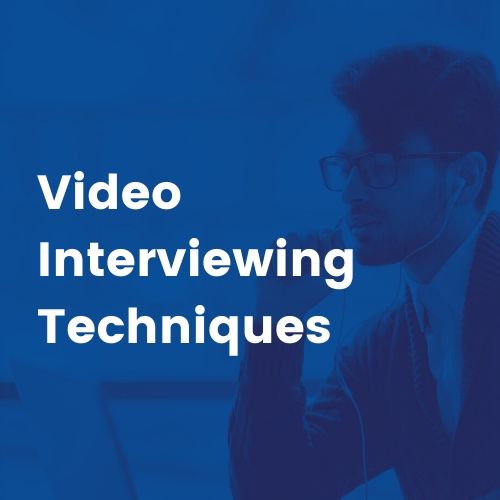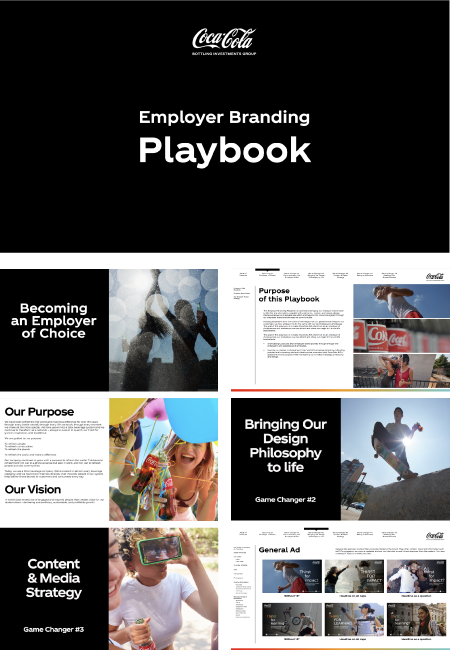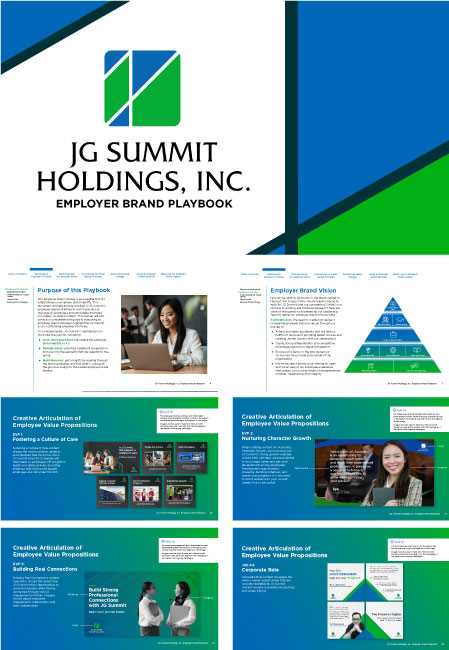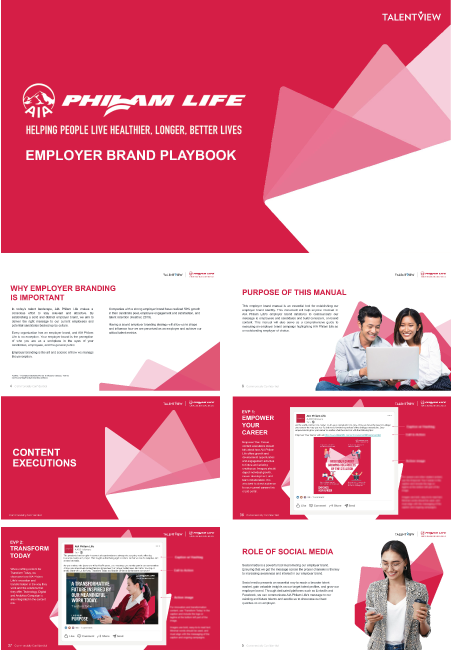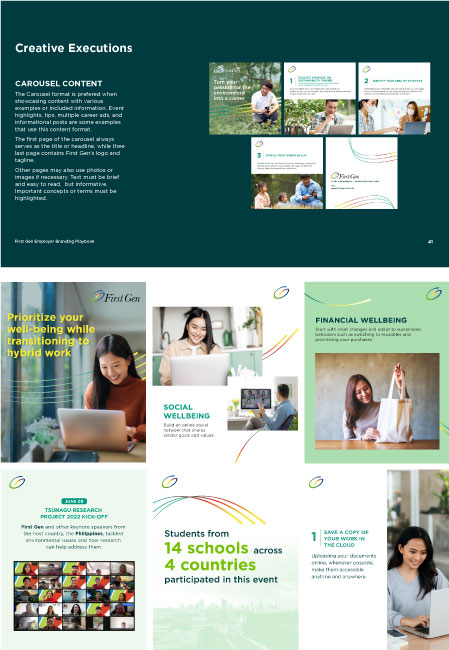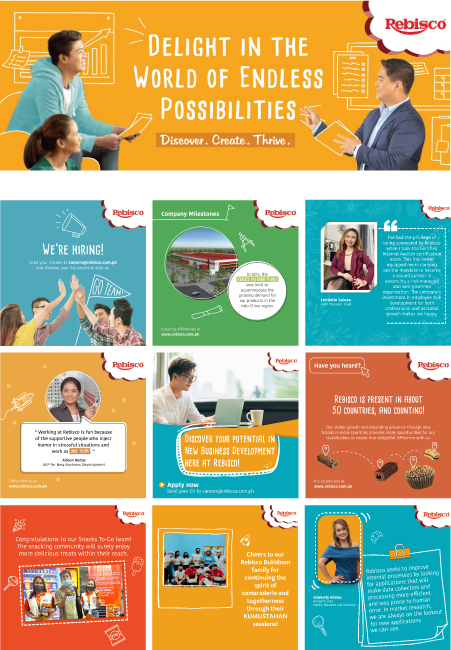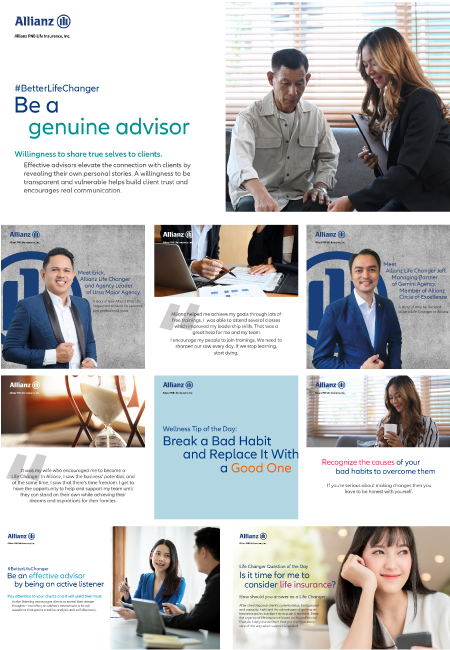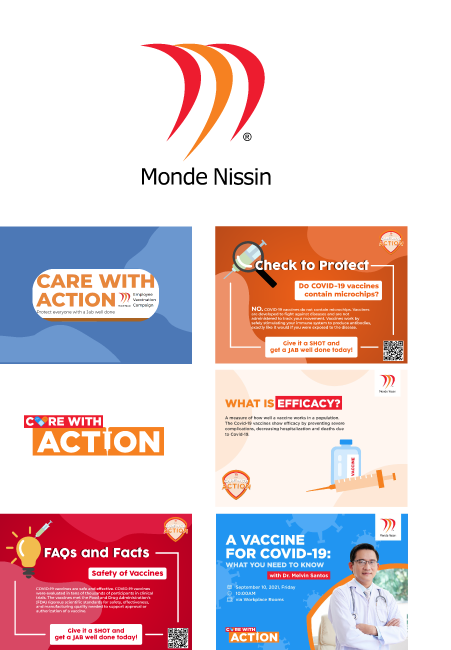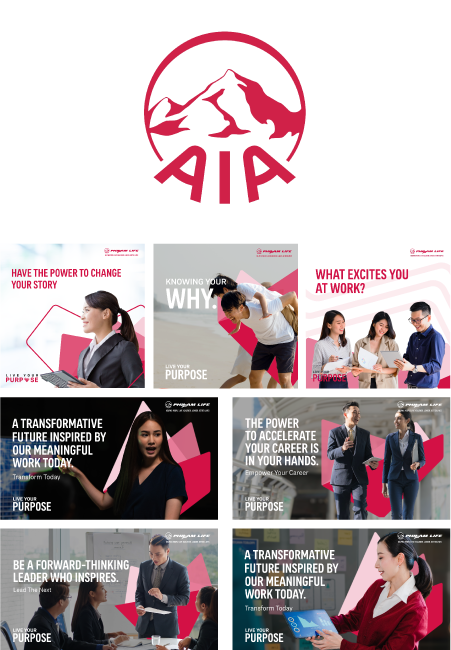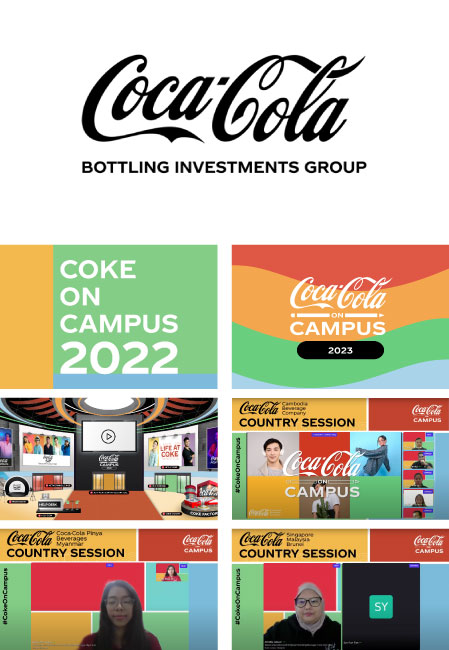6 Video Interviewing Techniques to Enhance Your Candidates' Experience
Video interviewing is the number 1 trend that HR practitioners use as a tool since the pandemic struck the entire world. It is through this channel that they can carry on with connecting to their talents. There is no doubt that HR practitioners have no room not to deliver.
Here are a few ways that HR professionals do when using video interview platform:
1. Communicate Well with Talents
Users provide clear guidelines to their talents. They specify the system requirements. What are the devices that they should prepare? What is the minimum internet speed that they should have? These are some of the questions in mind to help the interviewees avoid issues during the session.
They also lay down the purpose of the session. Where will the responses be used? What will happen once it is completed? This is where they usually highlight the implications of the responses. This way, talents get an idea of how they should deal with the questions.

2. Show Employer Branding Videos
Users engage the interviewees by showing brief video clips about their employer brand. They usually use their company values and its working experience as themes. When talents see these, they will know if they can fit in the organization or not. Users expect those who resonate the attitudes and beliefs of the company will complete the session. On the other hand, those who think their values differ from the firm will probably lose interest. Hence, users have trimmed down the more qualified ones.

3. Upload Interview Videos
Talents can simply read out questions, then respond. But what connection could users have built when they also see actual employers on the screen asking them? The talents will tend to feel that they are actually talking to another person.
At a glance, it may seem a time-eater, but it’s not! It creates a friendly and informative atmosphere for the candidates; putting them at ease from the pressure they feel. You also differentiate yourself from others when you leverage technology to further instill a connection with them; using systems to show you feel them and vice versa.
4. Targeted Competency-based Questions
One question can go a long way when stories unfold. As talents share their unique experiences, the interviewers can get lost in the conversation and not get what they want to hear. This is where inconsistency in the interview session starts. The right questions were unanswered because a different one was asked.
Users avoid this by identifying the critical competencies of the job. They pick 3-5 only since they consider the session preliminary. They know that follow up questions should be asked during the second round of interview (e.g. with the hiring manager). Moreover, they set questions using the STAR methodology so they can more probably elicit comprehensive responses.

5. Combine Video Interviews with Assessments
Interviews are a powerful source of information but you can’t just depend on it. You still need to validate what you got. Moreover, there are competencies that you can’t just ask in an interview. Take numerically minded as an example, it will be odd if you ask your talent to solve mathematical problems when you’re there sitting in front of them, waiting for their answer in each item.
Users maximize their time in getting relevant candidate data by incorporating occupational assessments (i.e., any of skills tests, cognitive, and personality assessments) in the session. Hence, comprehensive reports support interview results. These make it more beneficial when providing recommendations to the hiring managers. In some cases, assessment results can save good hires when candidates flunk the interview. Hiring managers refer to the reports to further assess the candidates. This way, they may give the latter an opportunity to be heard in the second round of the interview.

6. Share Access with the Stakeholders
You can do so much when collaboration exists. Having the video playback shared with the right people is a doorway to a clearer and faster people decision. Users of the platform also leave their notes alongside the responses. They also provide a corresponding rating based on criteria set for an interview. When these are implemented, it gives other stakeholders a better gauge about the talent. It also prepares them when they meet the latter. It provides them ample time to draft follow-up questions which later sets the focus of the conversation.
Previous candidate responses can also set out a broader purpose when further analyzed. Stakeholders can be able to review the commonalities in responses among performers. How did they manage the problem? What are their interests? How do they communicate? From there, they can use the collected data in selecting future candidates, even the learning opportunities they can provide.
Video interviews can go way far beyond a simple virtual meeting when talent strategies are taken into account. Employers realize what more they can do when they resort to a better solution like the one-way video interview. Hence, invest in smarter options and eventually develop significant contributions to henceforward.
DOWNLOAD Talegent's Graduate Employers ebook

Fill out the form below and get Graduaate Employers Ebook
TalentView is a leading employer branding firm with a mission of elevating human capital standards across the ASEAN region. Working directly with business leaders in Fortune 1000 companies,TalentView’s solutions help create and maintain exceptional experiences to attract, engage and retain their talent. Partnering with key global players including Workplace from Meta, The Bot Platform, Talegent, Indeed, Glassdoor, and Hootsuite.
Uncover Your Brilliance with us!

